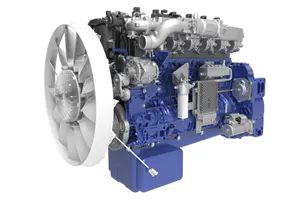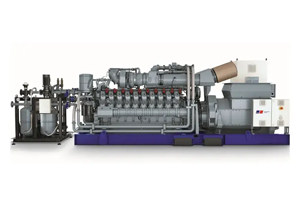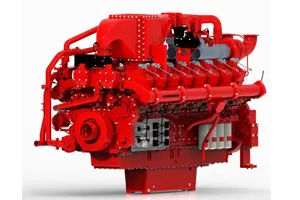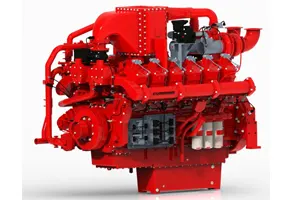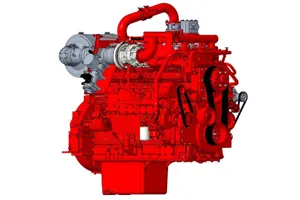Natural Gas Generator
We offer various types of natural gas generators and natural gas generator set solutions
ALL PRODUCTS
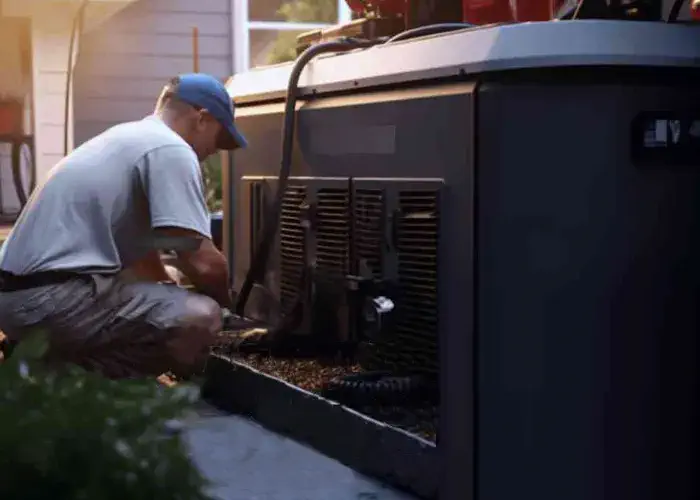
What is the cost of installing a natural gas generator?
Installing a natural gas generator involves the generator itself, labor costs, and potential additional expenses. Here’s a breakdown of the cost range:
Generator Cost:
- Average: $3,000 to $26,000, depending on size and features.
- Typical home (2,000 sq ft): $8,500 to $12,000 for a whole-house generator.
Labor Cost:
- Average: $1,500 to $5,000, depending on complexity and location.
Additional Costs:
- Permits: May vary by location, typically a few hundred dollars.
- Transfer switch: $500 to $1,000.
- Propane tank (optional): $5,000 to $8,000 (if natural gas line isn’t readily available).
Total Cost:
With these factors considered, the total cost of installing a natural gas generator can range from approximately $5,000 to upwards of $30,000.
What maintenance is required for natural gas generators?
Natural gas generators require a combination of regular checks, periodic maintenance, and professional servicing to ensure optimal performance and longevity. Here’s a breakdown of the different types of maintenance:
Regular Checks :
Visually inspect the generator for leaks, damage, or debris build-up. Check the oil level and top up if necessary (consult the user manual for recommended oil type and quantity).
Periodic Maintenance:
Every 25-50 hours of operation:
Clean or replace the air filter to ensure proper engine air intake.
Every 100-200 hours of operation (or annually): Change the engine oil and oil filter with recommended replacements specified in the user manual.
Every 2-4 years (depending on usage): Replace the spark plugs with the manufacturer-recommended type and gap. Clean the crankcase breather to prevent excessive oil buildup.
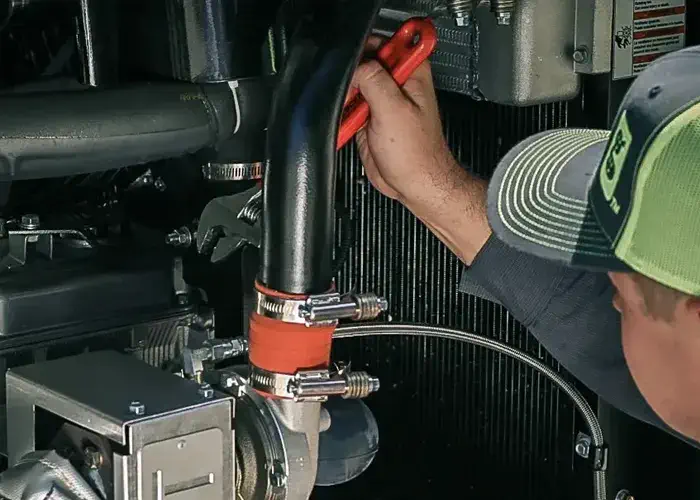
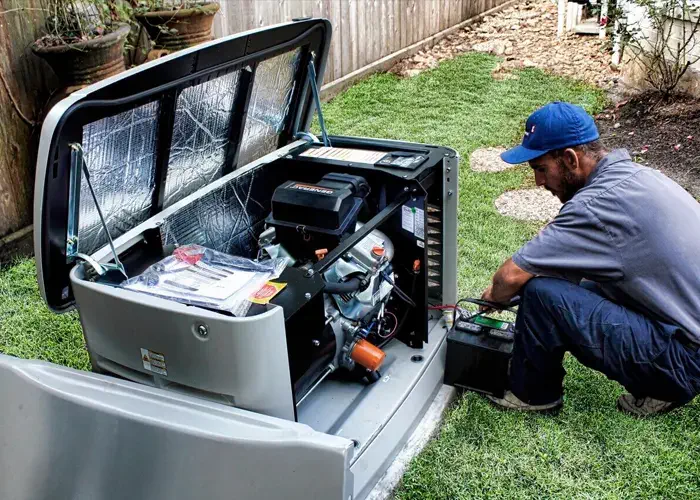
What are the safety considerations when using a natural gas generator
1. Carbon Monoxide (CO) Poisoning
Never run a natural gas generator indoors or in an enclosed space. CO is an odorless, colorless gas that can be deadly in enclosed areas. Always operate the generator outdoors in a well-ventilated area, at least 20 feet away from any doors, windows, and vents. Install a CO detector in your home near sleeping areas, and ensure it’s functional and has fresh batteries.
2. Electrical Safety
Only operate the generator with a properly installed transfer switch. A transfer switch ensures your home’s electrical system is isolated from the utility grid while the generator is running, preventing dangerous backfeeding. Never plug the generator directly into a wall outlet. This can backfeed electricity into the utility grid, posing a hazard to utility workers and potentially damaging your appliances. Use only heavy-duty extension cords rated for outdoor use and the generator’s output voltage. Avoid overloading cords, and never run them through doorways or windows.
Don't Want To Miss Our Discount Information?
Please fill in your email in the form and never miss our discount again

